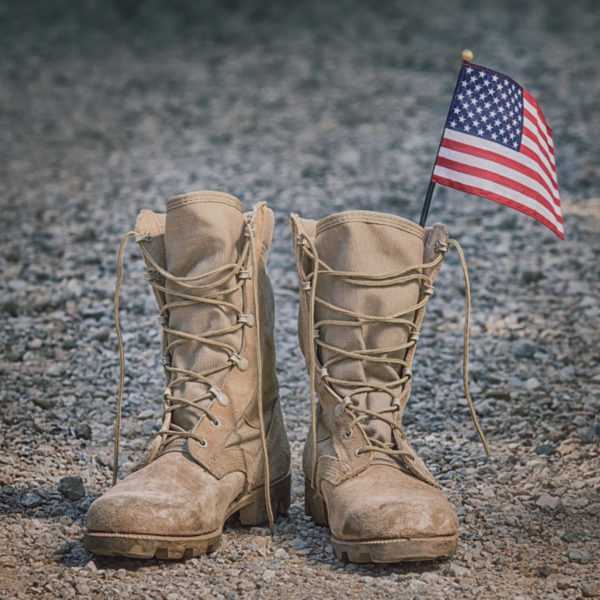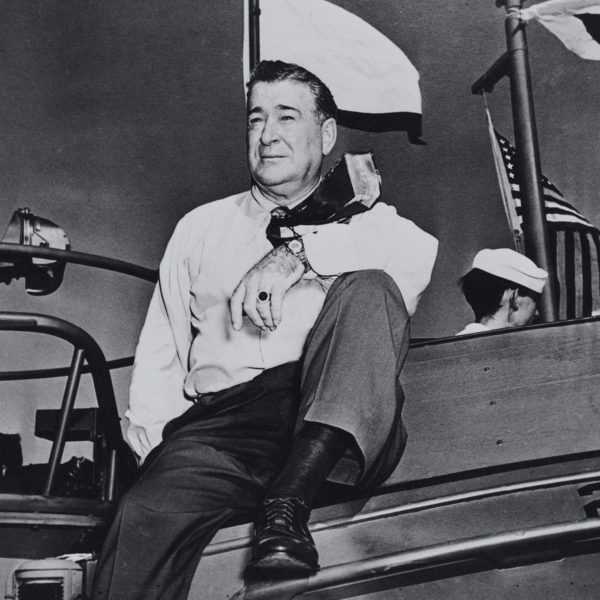Business Lessons from D-Day


For many men who served in World War II, the war didn’t end when they returned home--and neither did the leadership lessons they learned. Among the key business lessons are the importance of teamwork, reliance on “planning” rather than the plan itself, and assuming responsibility but sharing glory are some of the lessons proven applicable in business.


Ironically, in military parlance, D-day has no such meaning. The “D” in “D-day” actually refers to any day when an actual invasion occurs; “D+1” would refer to the day after the invasion.
Notes Major Joe Byerly, an active duty serviceman and a military leadership blogger, “There were numerous D-days in World War II before June 6, especially in the Pacific. It was only afterward that it took on such meaning.” The June 6 operation was the largest, most complex, single-day military operation in history. It also remains a powerful reminder for leaders in all walks of life and their teams. Following are key lessons from D-Day that are applicable to business.
THE IMPORTANCE OF TEAMWORK
“Operation Overlord” (the codename for the battle of Normandy) was “the equivalent of moving a small city in less than a day,” according to Dr. Keith Huxen, Senior Director of Research and History in the Institute for the Study of War and Democracy at The National WWII Museum. Personnel, supplies, food, equipment all had to be accounted for, and required the participation and cooperation of numerous factions. “It depended on staff members, from generals and admirals, to the lowest private. It only succeeded because of their ability and willingness to work together as a team.”
He notes that the while the stakes are higher in a war than in business, “What is required to make everything work when you have so many people involved is often an underappreciated part of any operation.”
“PLANNING IS EVERYTHING. THE PLAN IS NOTHING.”
This quote—and variations on it—has been attributed to Dwight. D. Eisenhower, the supreme commander of the Allied Forces. As important as preparation is, one can only prepare so much. Notes Dr. Huxen, “Once General Eisenhower decided on June 5th that the invasion was a go for June 6th, he basically had nothing to do and no control for a day or two, until the plans had actually been put in motion and the action picked up again.”
In fact, so great was Eisenhower’s conviction that despite all the planning, anything could happen that he wrote a letter documenting the failure of the invasion.
SHARE THE GLORY; ASSUME RESPONSIBILITY
In Eisenhower’s letter (which he accidentally dated “July 5” rather than June 5, the day he wrote it), he commended the troops for their “bravery and devotion to duty” but said “if any blame or fault attaches to the attempt it is mine alone.” The decision to invade on June 6 was made based on numerous factors, one of the most important being the weather: the tide, the amount of moonlight, precipitation. Eisenhower knew that had the invasion failed, fingers would be pointed, especially at meteorologist Group Captain James Stagg of the RAF. “In being willing to take the blame, Eisenhower showed enormous empathy for others and the true character of a leader,” notes Huxen.
LISTEN TO PEOPLE ON THE FRONT LINE
As important as experts are, there are people who will have knowledge that you don’t know you need. After the Allies made their beach landing, their tanks couldn’t move because of the vegetation in the French countryside. “They thought they were going to sweep across Germany and Vichy France but they hadn’t accounted for the hedgerows,” says Byerly. “The hedgerows weren’t clear from the photographs and they somehow missed it.”
A young sergeant—Curtis Grubb Culin III, a tanker with the 102nd Cavalry Reconnaissance Squadron—figured out if the Allies put spikes on the front of the tanks, they could plow the roads. In a bit of poetic justice, the spikes were fashioned from metal crosses that the Germans had placed in France to inhibit troop movement.
MENTORSHIP IS KEY
Major General Fox Conner, a veteran of the Spanish-American War and World War I, served as a mentor to three men. One was an officer he met on a train in whom Conner saw a lot of potential but also some personality issues. The second was a good officer who knew nothing about warfare. The third Conner had met in World War I. He set aside time every week for them to come and talk with him. The three were George Patton, Dwight D. Eisenhower, and George C. Marshall. “He not only mentored but molded all three of these men, who ended up playing enormous roles in World War II,” says Byerly. In turn, Marshall would encourage Eisenhower to mentor General Omar Bradley.
PEOPLE MATTER
In management guru Peter Drucker’s book How to Make People Decisions, Drucker observed that when the U.S. entered World War II, almost every one of its senior officers was past retirement age and no longer fit for command. Yet when the war was over four years later, the U.S. Army had the largest group of competent officers. Says Bruce Rosenstein, a Drucker scholar, “MacArthur, Marshall, and Eisenhower (among numerous other less-lauded men) all proved to be examples of what Drucker would call ‘the effective executive’ and are powerful examples of the importance of picking the right people to be leaders.”
For many men who served in World War II, the war didn’t end when they came home—and neither did the lessons that they had learned, says Dr. Huxen. Historian Stephen Ambrose, who founded the World War II museum, noted that when he went deer-hunting as a teenager with returning WWII soldiers, they hunted differently: they did it as a team. “This generation is the one that comes home and builds the United States into the most prosperous economy and nation the world had ever seen,” says Huxen. “They applied the lessons from the military into their post-war careers and it informed their work in business, in government, and in their communities.

